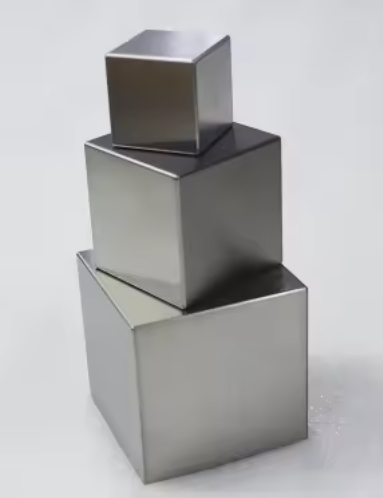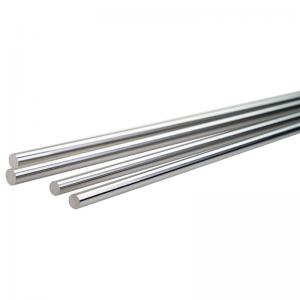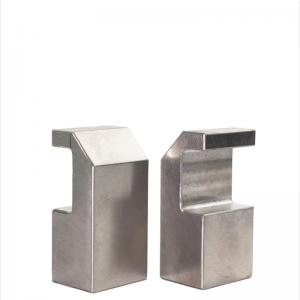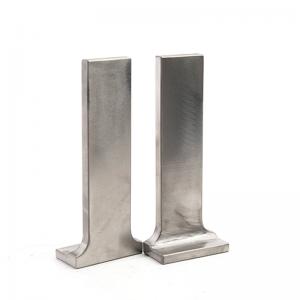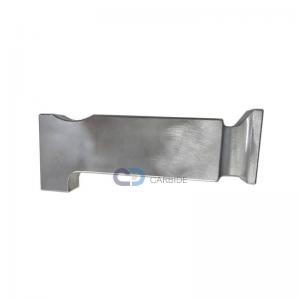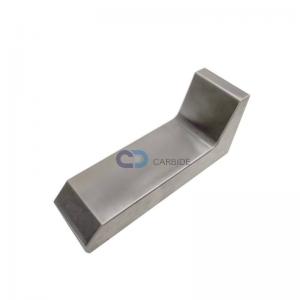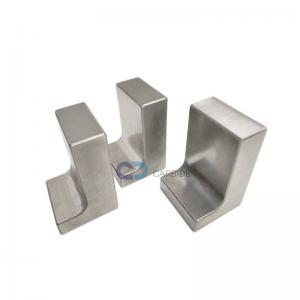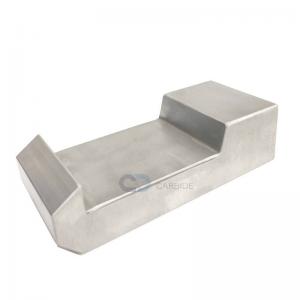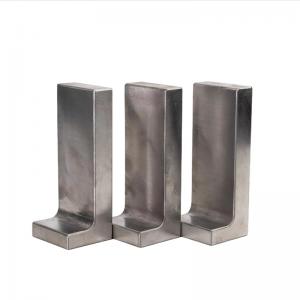The tungsten cube has become an iconic object that combines science, engineering, and art. Made entirely from pure tungsten metal, it is celebrated for its surprising density and minimalist aesthetic. Despite its small size, a tungsten cube feels unexpectedly heavy—an effect that fascinates engineers, collectors, and science enthusiasts alike. Beyond its popularity as a novelty item, tungsten has numerous industrial and scientific applications that make it one of the most important materials in modern technology.
Manufacturing Process
The creation of a tungsten cube involves several precise and high-temperature steps:
Powder Preparation:
Tungsten does not occur naturally in pure form; it is extracted from ores such as wolframite and scheelite. The extracted tungsten oxide (WO₃) is reduced to pure tungsten powder using hydrogen gas at temperatures above 800°C.
Powder Metallurgy (Sintering):
The tungsten powder is pressed into a cube-shaped mold under high pressure. The compacted powder, known as a “green body,” is then sintered in a hydrogen furnace at around 2,000–2,500°C. During sintering, the particles fuse together to form a solid metal structure.
Machining and Finishing:
Once sintered, the cube is extremely hard and brittle. Precision diamond tools or electrical discharge machining (EDM) are used to refine its shape and surface. Finally, the cube is polished to achieve a smooth, metallic finish.
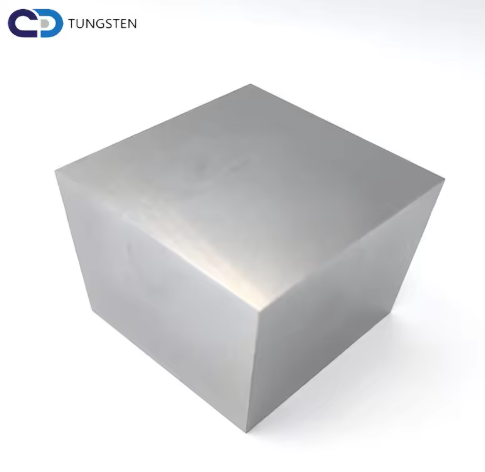
Characteristics
Tungsten’s unique physical and chemical properties make it a remarkable material:
Extreme Density:
Tungsten has a density of about 19.25 g/cm³, comparable to gold and nearly twice as dense as lead. This gives even a small tungsten cube an astonishing weight.
High Melting Point:
It has the highest melting point of all metals—approximately 3,422°C (6,192°F)—making it ideal for high-temperature environments.
Hardness and Strength:
Tungsten is exceptionally hard and resistant to deformation, which makes it useful in wear-resistant applications.
Corrosion Resistance:
The metal is highly resistant to oxidation and corrosion, maintaining its integrity in extreme conditions.
Aesthetic Appeal:
When polished, tungsten exhibits a deep metallic luster and a modern, minimalist look that has made it a popular collectible item.
Applications
Although the tungsten cube itself is often used as a scientific curiosity or desk ornament, tungsten’s broader applications span many industries:
Aerospace and Defense:
Tungsten is used in high-density counterweights, projectiles, and armor-piercing ammunition due to its mass and strength.
Electronics:
It serves as a key material for filaments, electrodes, and electrical contacts because of its excellent conductivity and high melting point.
Medical Equipment:
Tungsten is employed in radiation shielding and medical imaging devices.
Industrial Tools:
Tungsten carbide, a compound of tungsten and carbon, is widely used in cutting tools, drills, and wear-resistant machinery components.
Scientific and Educational Use:
The tungsten cube is often used to demonstrate density and material science principles in classrooms and laboratories.
The tungsten cube is more than just a heavy metal block—it is a tangible representation of one of the most extraordinary elements on Earth. Its combination of high density, strength, and heat resistance makes tungsten indispensable in modern technology. Whether admired for its scientific intrigue or displayed as a minimalist work of art, the tungsten cube continues to captivate those who encounter its surprising weight and beauty.
